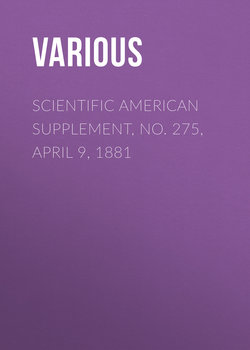Читать книгу Scientific American Supplement, No. 275, April 9, 1881 - Various - Страница 11
TWO GOOD LAWN TREES
ОглавлениеThe negundo, or ash-leaved maple, as it is called in the Eastern States, better known at the West as a box elder, is a tree that is not known as extensively as it deserves. It is a hard maple, that grows as rapidly as the soft maple; is hardy, possesses a beautiful foliage of black green leaves, and is symmetrical in shape. Through eastern Iowa I found it growing wild, and a favorite tree with the early settlers, who wanted something that gave shade and protection to their homes quickly on their prairie farms. Brought east, its growth is rapid, and it loses none of the characteristics it possessed in its western home. Those who have planted it are well pleased with it. It is a tree that transplants easily, and I know of no reason why it should not be more popular.
For ornamental lawn planting, I give pre-eminence to the cut-leaf weeping birch. Possessing all the good qualities of the white birch, it combines with them a beauty and delicate grace yielded by no other tree. It is an upright grower, with slender, drooping branches, adorned with leaves of deep rich green, each leaf being delicately cut, as with a knife, into semi-skeletons. It holds its foliage and color till quite late in the fall. The bark, with age, becomes white, resembling the white birch, and the beauty of the tree increases with its age. It is a free grower, and requires no trimming. Nature has given it a symmetry which art cannot improve.
H.T.J.
